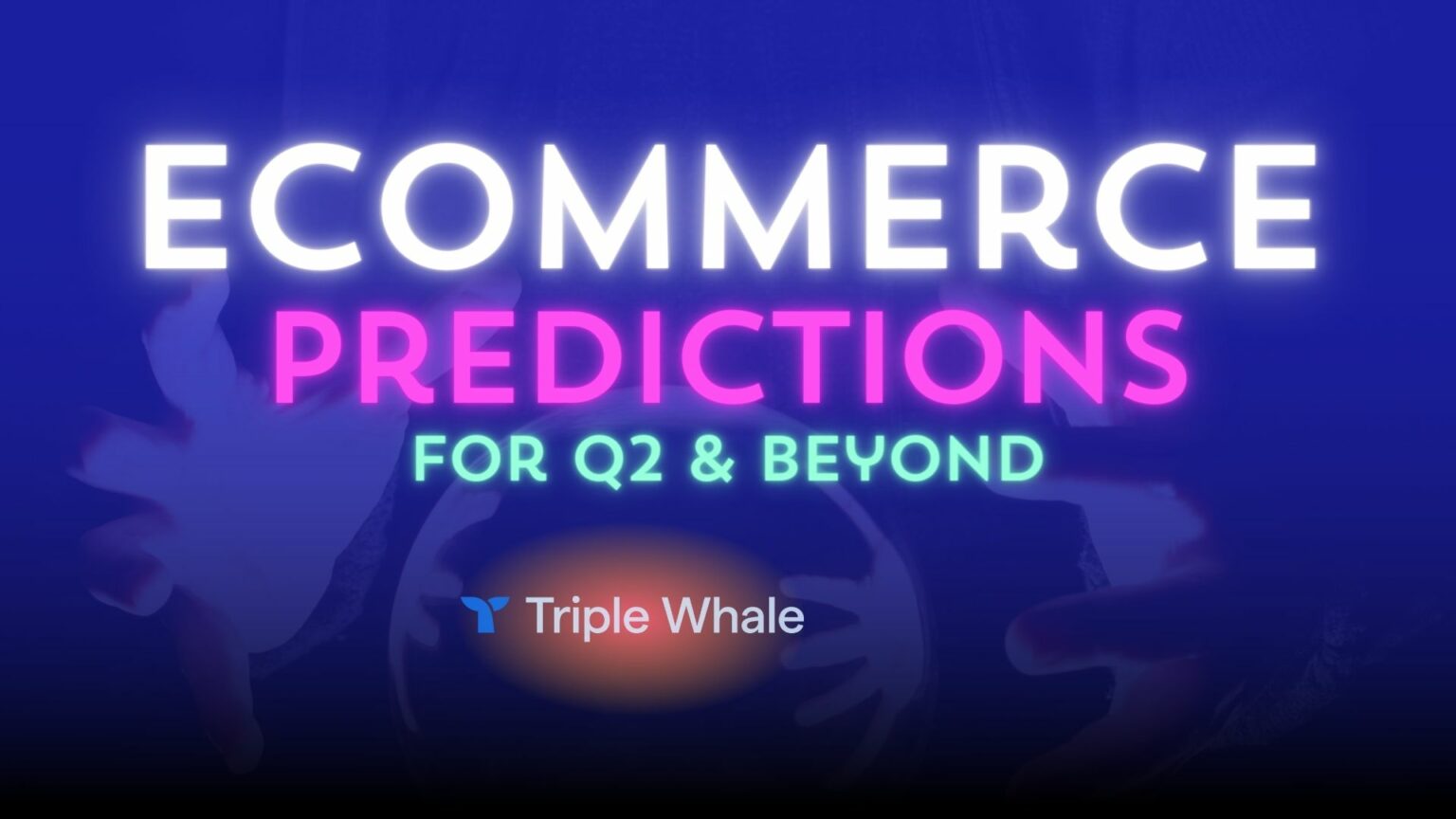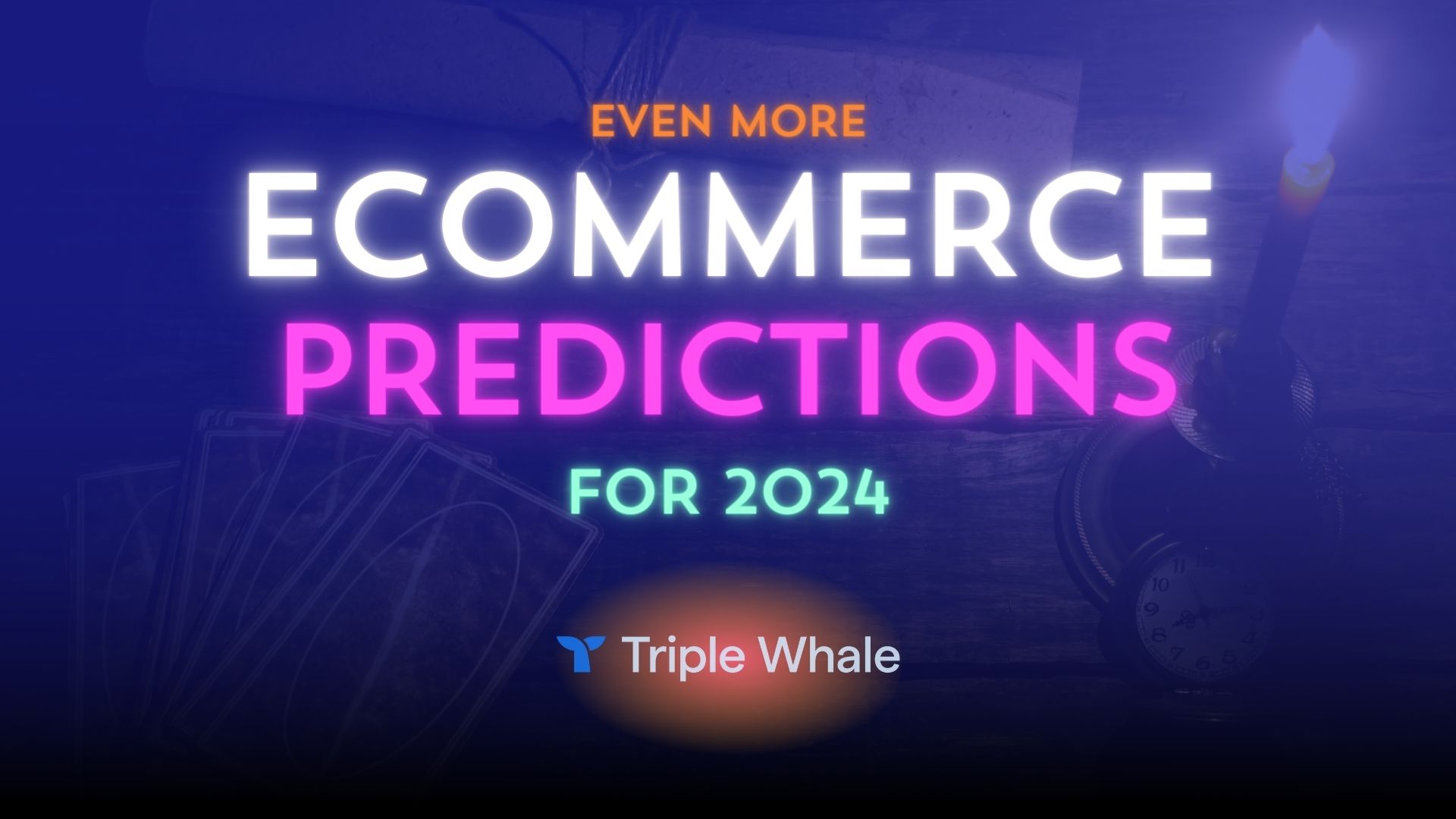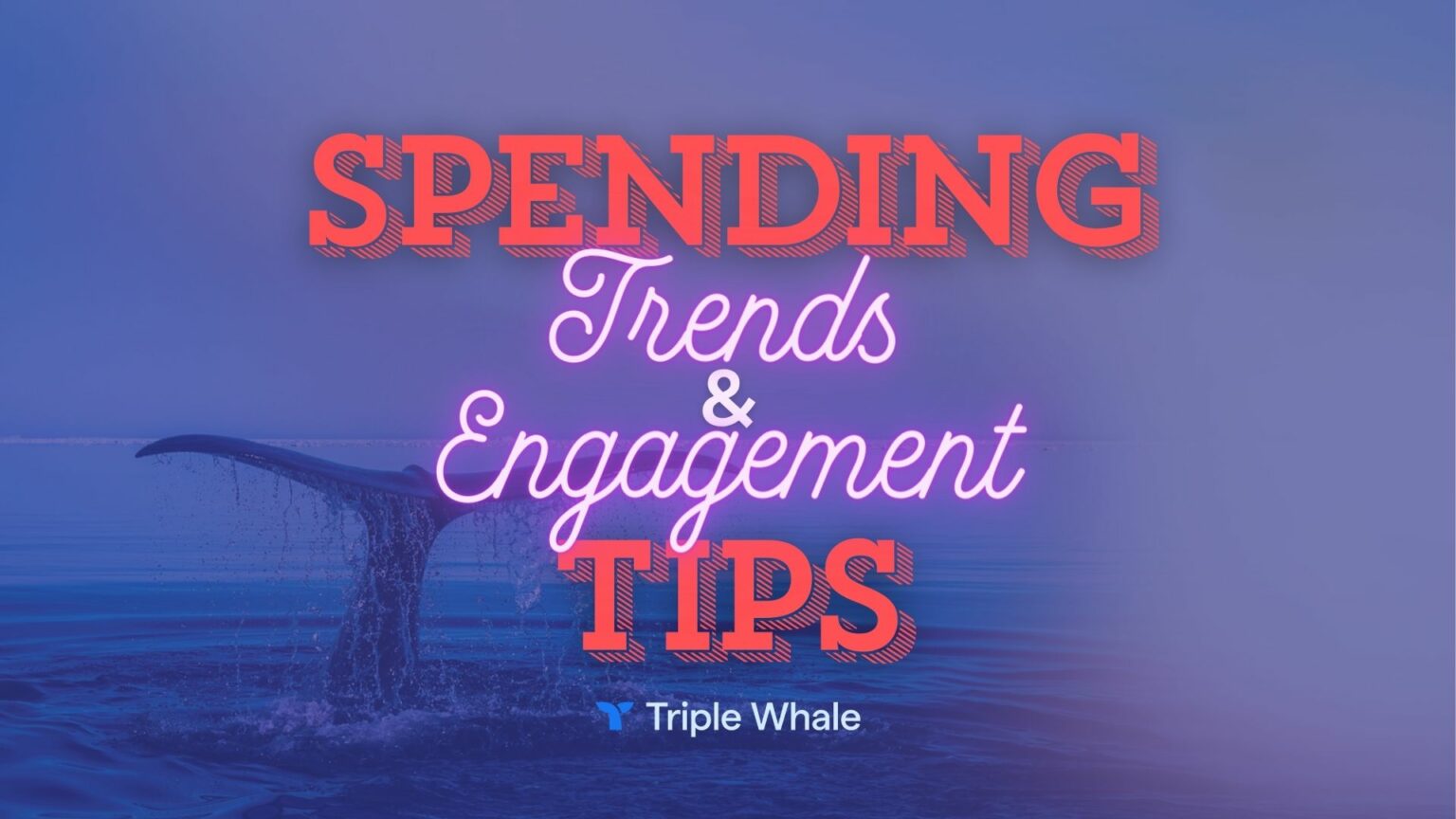
5 Platform-Specific eCommerce Predictions for 2024


As brand owners, media buyers, and digital marketers, you know firsthand how much of a learning experience 2023 was.
In order to avoid being caught unawares in 2024 and beyond, Triple Whale has shared five more platform-specific predictions for the eCommerce world that you can use to plan effectively for your company’s future.
1. Facebook & Instagram Will Be More Stable & Profitable For Advertisers
Facebook has over three billion monthly active users, which makes it the most popular social media network in the world, and 96% of social media marketers polled (in 2022) consider Facebook advertising to be the most efficient solution compared to other social media networks. It has also produced the best ROI in the past, which is essential to marketing success on the platform.
As other networks grapple for a piece of the marketing pie, Meta will need to ensure marketers remain confident in their ability to drive sales. Besides the potential for return on investment for ads, Facebook and Instagram remain a great spot to spread awareness about your brand or its products without spending a dime.
With algorithms that keep iterating and improving, it’s easier than ever to get your product in front of your ideal customers with the knowledge that Meta has. The algorithm values what users value, so if your target market is dialed in, you should be able to take advantage of it. Over BFCM in 2023, over 71% of ad spend for over 11,000 brands in our retrospective data dive was allocated to Meta. We predict that Meta will remain a steady place to advertise in 2024.
2. Google will be Less Lucrative for Product Advertisements than in 2022 or 2023
As Google continues to evolve its ad platform, there will be growing pains associated with adapting away from search and towards an AI-first model.
For example, Google has incorporated AI into the ads interface, including the ability to generate images and use AI-powered insights. When you think about all of the creepy images that AI can generate with a prompt that’s slightly off, just imagine how things might go off the rails if you don’t get your prompts just right. The learning curve will be steep, and we predict it will result in lower ROAS.
Another major change for Google Ads in 2024 is the deprecation of third-party cookies expected by Q3. Less third-party cookies means that advertisers will need to collect first-party data to accurately target their customers (good thing we can help with that).
Google Ads also just keep getting more expensive. The average cost-per-click (CPC) for Google Ads across industries in 2023 was $4.22. In 2022, the average CPC for display ads was $2.32. Another victim of inflation, or is Google squeezing all they can out of advertisers while failing to deliver as lucrative of a return?
How about both?
3. TikTok Will Establish Itself as a Legit Shopping Platform
The introduction and promotion of TikTok Shop means this platform is ready to give Meta a run for its money – assuming the platform isn’t banned in the US altogether, of course.
As a creator-focused platform, it’s built for businesses that can jump on trends and viral moments quickly to make an impact and get eyeballs on their brand. TikTok has ambitious plans of its own, with a goal to grow TikTok Shop in the US to $17.5 billion in 2024.
The app itself is built for creators first, and advertising has been integrated as an added bonus. Brands that have invested in TikTok Shop will benefit, and TikTok Live Shopping Ads are another huge opportunity.
4. Brands Will Struggle to Sell Products at Full Price
In the case of customers waiting for sales, brands need to understand that this is still an opportunity to advertise to those customers ahead of time.
It’s also important for brands to ensure that their cost-of-goods markup is still enough to make a profit during promotions.
5. 2024 Will Be the Best Year for eCommerce Brands & Online Sellers Since 2020
ECommerce brands did well in 2020 because no one was shopping in person. It set up an expectation that the pandemic would accelerate eCommerce adoption, but that didn’t happen.
People still like visiting physical stores, so the growth of eCommerce spending didn’t continue in 2021. Things were still shaky in the post-pandemic landscape of 2022, and although 2023 was poised to get us back to normal life, cautious spending and economic uncertainty slowed growth again.
But it’s a new year, and 2024 represents the first year where we can make reasonable growth projections. Any brand that survived the pandemic will, by default, enjoy one of the best years in recent memory.
Looking for more exclusive insights and tools to conquer your eCommerce market space in 2024? Join the AdLeaks community today!



